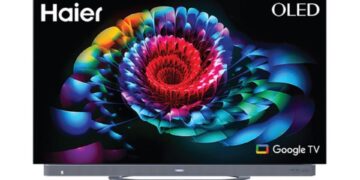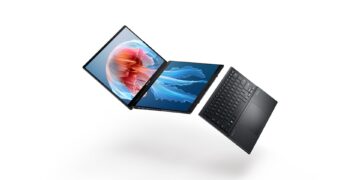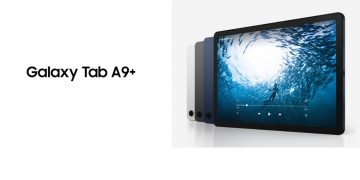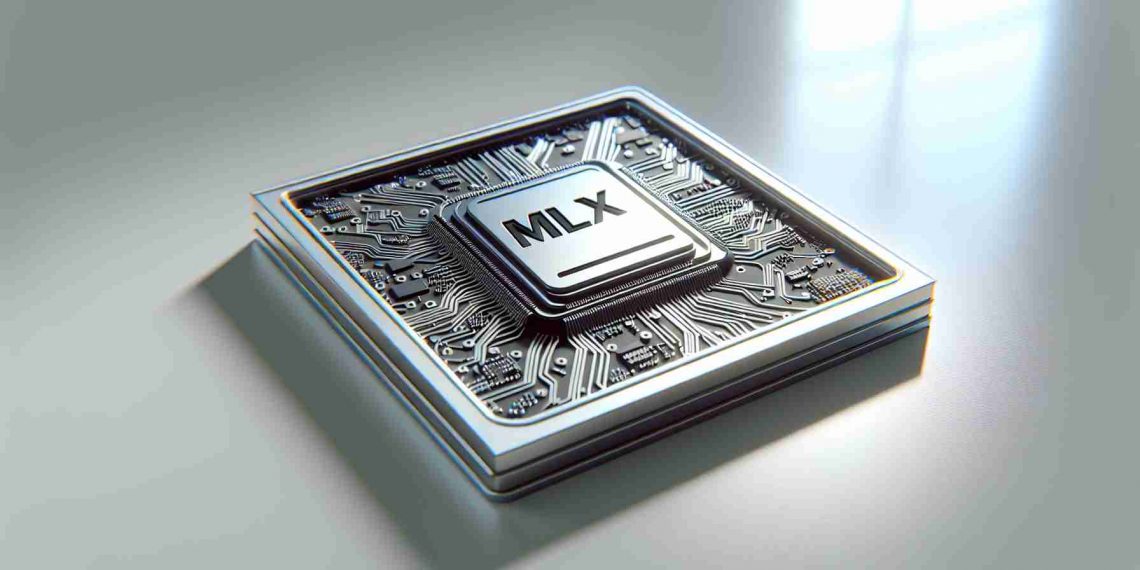Introduction to Apple’s MLX Framework
Apple recently unveiled its Open Source MLX Framework, a cutting-edge toolset tailored for efficient machine learning (ML) operations on devices equipped with Apple Silicon. This groundbreaking release signifies Apple’s commitment to democratizing machine learning by providing developers access to a powerful, open-source platform.
Understanding the Significance of Open Source in Machine Learning
Open-source initiatives play a pivotal role in fostering collaboration and innovation within the tech community. By open-sourcing the MLX Framework, Apple invites contributions from developers worldwide, enabling collective enhancement and refinement of the framework’s capabilities.
Apple Silicon: Revolutionizing Machine Learning
Apple Silicon, featuring advanced architecture and optimized performance, has revolutionized the landscape of machine learning applications on Apple devices. The integration of MLX with Apple Silicon amplifies the efficiency and speed of machine learning tasks, elevating user experiences across various applications.
Exploring the Features of Apple’s MLX Framework
The MLX Framework boasts a spectrum of features, including optimized neural network libraries, accelerated training capabilities, and seamless integration with popular machine learning libraries like TensorFlow and PyTorch. Its architecture is specifically designed to leverage the potential of Apple Silicon, ensuring superior performance.
Benefits of Utilizing the MLX Framework
Developers leveraging the MLX Framework can harness unparalleled advantages, such as increased computational efficiency, reduced power consumption, and faster execution of machine learning algorithms. This results in enhanced productivity and the ability to deploy resource-intensive models on Apple devices seamlessly.
Comparing MLX with Other Machine Learning Frameworks
In a comparative analysis with existing machine learning frameworks, the MLX Framework demonstrates remarkable performance gains on Apple Silicon-powered devices. Its optimization for Apple’s ecosystem sets it apart, showcasing higher efficiency and compatibility.
Integration and Compatibility of MLX with Apple Ecosystem
MLX seamlessly integrates with Apple’s software and hardware ecosystem, providing developers with tools to create ML-powered applications that align perfectly with the Apple environment. This compatibility ensures a smooth development process and robust performance across Apple devices.
Steps to Get Started with MLX Framework
To initiate development using the MLX Framework, developers can access comprehensive documentation and resources provided by Apple. The straightforward integration process and well-structured documentation facilitate a smooth onboarding experience for both novice and experienced developers.
Real-world Applications and Use Cases
The versatility of the MLX Framework extends to a myriad of real-world applications, including natural language processing, computer vision, and predictive analytics. Developers can leverage its capabilities to create innovative solutions across diverse domains.
Challenges and Future Developments
Despite its advancements, the MLX Framework might encounter challenges related to widespread adoption and continuous refinement. Apple aims to address these challenges through ongoing updates and collaborative efforts within the developer community.
Conclusion
Apple’s release of the MLX Framework marks a significant milestone in democratizing machine learning on Apple Silicon. The framework’s open-source nature, coupled with its tailored optimization for Apple devices, promises a new era of innovation and efficiency in the realm of machine learning applications.
























































